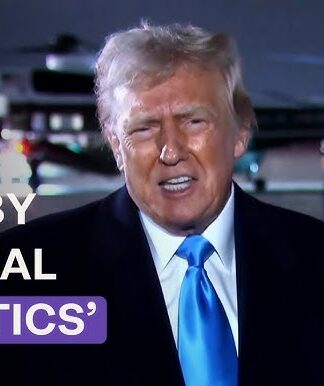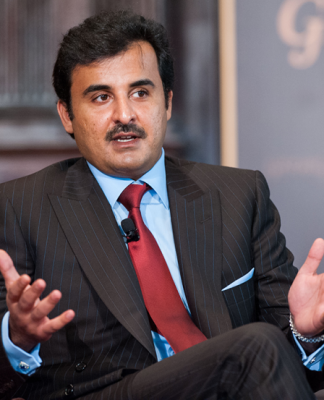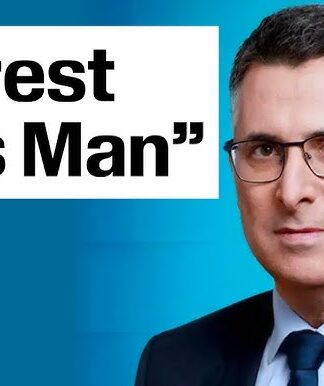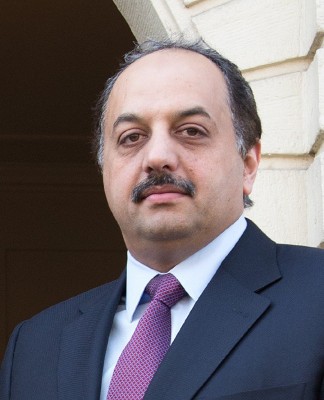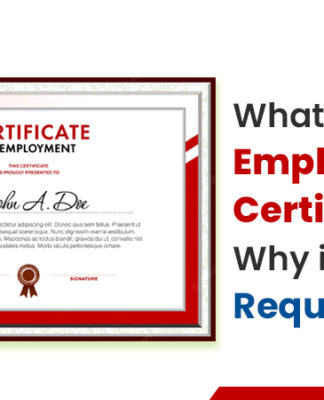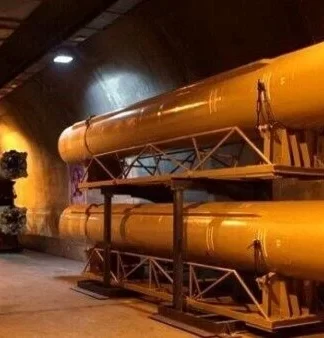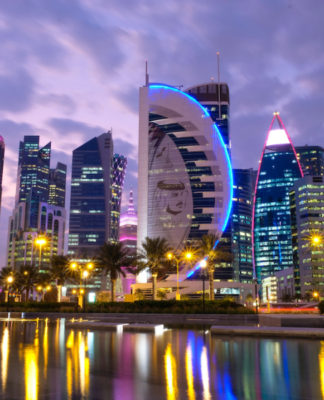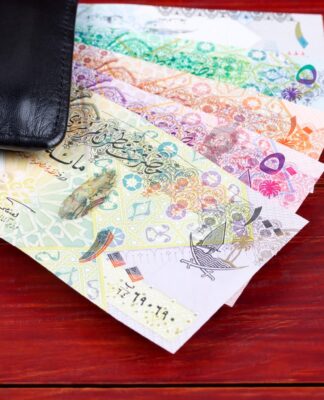The Rupee has gained momentum ever since the demonetisation drive as it injected fresh liquidity into the banking sector. This has left the NRI’s to wonder what to do with their plans. Here’s the expert opinion on whether to remit now or to hold on.
“In the short term, as the rupee is expected to strengthen, it is advisable for NRIs to remit. Unpredictability in the US and Europe, and relative political stability in India bodes well for the currency,” says M.R. Raghu, senior vice president-research, Markaz.

“Low oil prices, rise in FII inflow, weak dollar, political stability and a host of reforms, with GST at the forefront, have led to the rupee performing well in the FX markets. The trend is expected to continue for the near- to medium-term, as the government would be emboldened by its victory in recent state elections, and continue on its reform agenda,” he explains.
India witnessed real GDP growth of 7.1 percent during third-quarter of financial year 2017, India posted real GDP growth of 7.1 per cent during third-quarter of financial year 2017, the quarter may not have the full impact of demonetisation step as the reported number accounted from October till December 2016.
“The current exchange rate strength was due to the RBI [Reserve Bank of India, the country’s central bank] changing its stance to neutral from being accommodative and strong Foreign Portfolio Investment inflows on account of [the BJP’s] recent victory in UP election. We may see short-term strength but this may dilute going ahead unless GDP growth picks up,” says Dr R. Seetharaman, Group CEO of Doha Bank.
“The recent rupee strength is due to renewed confidence in the Indian economic outlook. The impressive win in state election in Uttar Pradesh has increased confidence that the Narendra Modi-led national government will remain in place for years to come allowing them to continue to advance their pro-growth reform agenda. Foreign investors lacking countries around the world to invest in with anything like India’s potential have accelerated their capital flows into the country,” said Gary Dugan, chief investment officer – Wealth Management, Emirates NBD.
Save in dirhams or convert to rupees?
The rupee hit a high of 18.54 against UAE dirham – 68.10 against the US dollar – in January 2017. Currently, the rupee is quoted at 17.68 and is expected to post more gains. “The recent thumping victory for the ruling party in India in the state elections has been seen positively by international investors and billions of dollars have flown in over the last few weeks resulting in the strengthening of the Indian rupee,” says Sudhesh Giriyan, COO, Xpress Money.
“India is most vulnerable to higher oil prices, change in US trade policies, divergence of Fed and RBI policies, increasing risks towards higher non-performing loans and longer than expected government reforms push. India continues to attract foreign capital as the government has eased FDI policies in defence, aviation, construction, single/multi-brand retail etc. We see lower interest rates scenario to benefit lot of companies improving the cash flows and mop up the capital expenditure. All this are long-term effects for reviving the GDP growth of the country,” says Seetharaman.
“The currency is currently holding in the range of 17.6-17.7 per dirham and this trend is likely to continue, at least for a while. The blue collar segment (which needs to support the livelihoods of families back home) will anyway continue to remit regardless of the rupee movement while the white collar segment, whose remittance behaviour is normally driven by favourable rupee rate, may have to wait for a while for the currency to get back to 18 plus levels against the dirham,” says Giriyan.
What’s powering rupee’s rise?
“The renewed flow of capital into the country has provided a significant added boost to the rupee. We expect the India growth story to continue. Indeed, it has barely taken off. Recent government measures such as demonetisation have slowed growth in the near term, but such measures are providing the basis for stronger growth in the future,” said Emirates NBD’s Dugan.
“A large and growing population to which is being applied larger and larger capital flows in a framework of major economic reforms virtually assures the country of stronger growth in the future. The rupee could rise still further against the dollar, with 60 to the dollar not an unreasonable target,” he said.
The macro-economic stability is in the favour of rupee which gained 4.8% against the dollar in the first quarter of 2017 (January-March 2017), which is the best quarter since 195. FDI is also on the up in search of higher growth.
Overall foreign inflows during the period April to December 2016 increased by 22 per cent to stand at $35.8 billion. The combination of political stability, ongoing process of reforms and strong growth over the medium to long term should continue to add to India’s attractiveness as a major investment destination, according to a recent Edelweiss report for April 2017 ‘India-Pursuing Growth with Stability’.
Focus on infrastructure and manufacturing has caused optimism in the markets, both domestically and otherwise. More reforms are expected, as the central government solidifies its hold on the federal structure.














